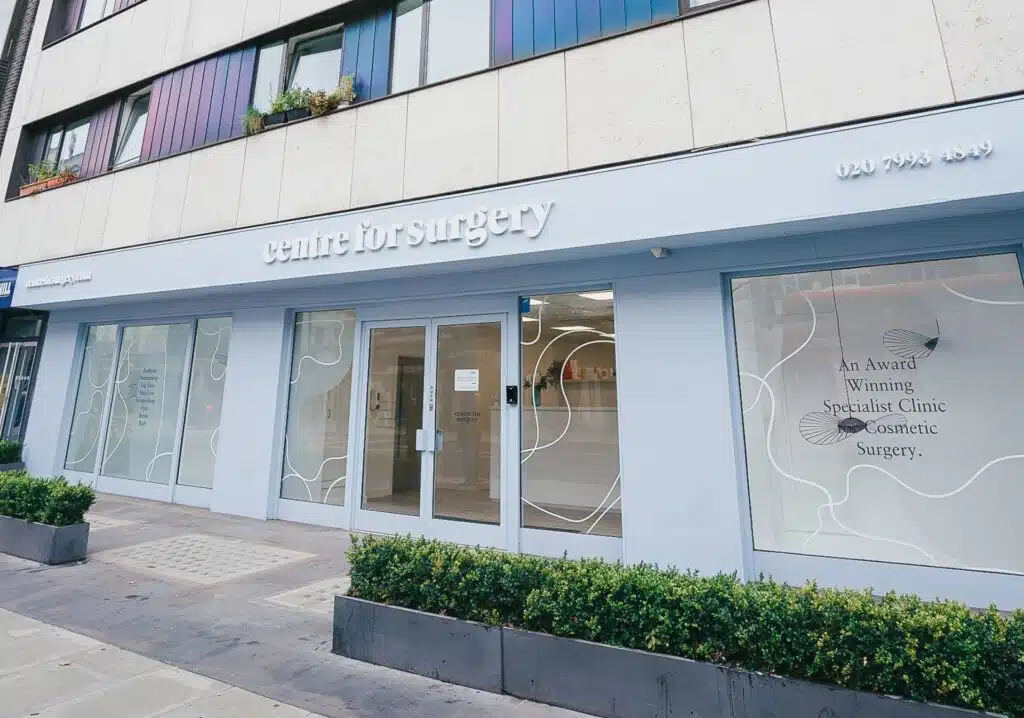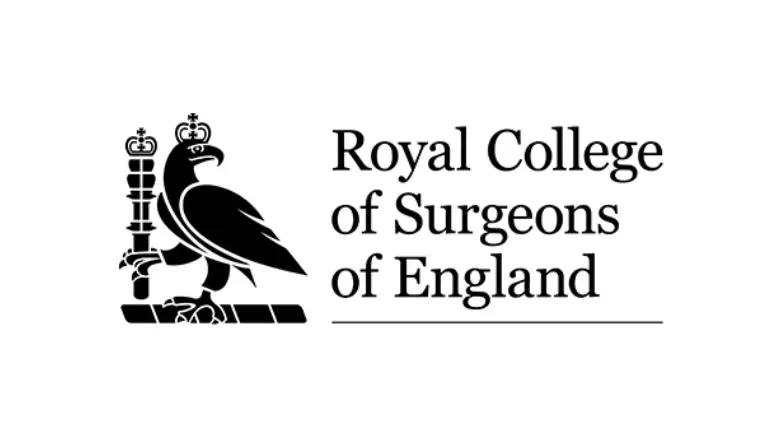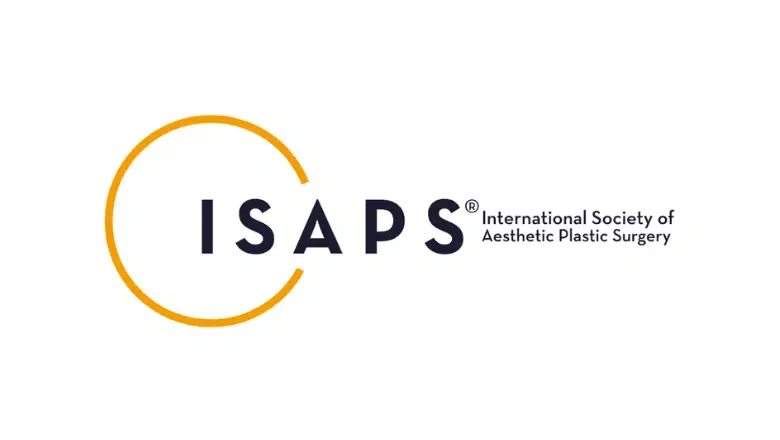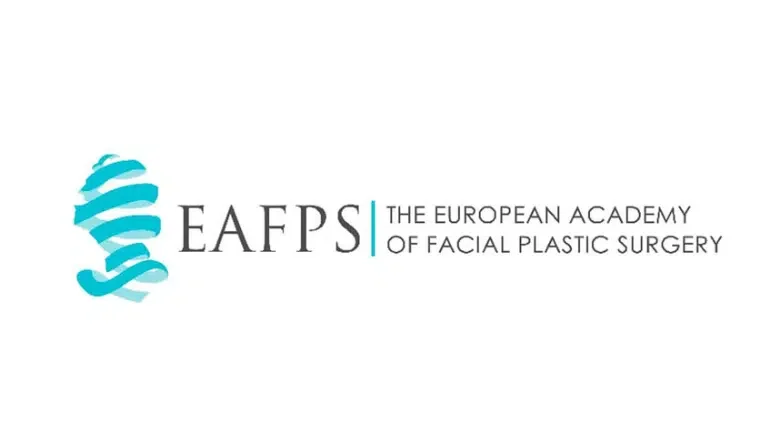Certain aspects of our facial features may make people self-conscious about how they look, and unlike other parts of the body, we cannot hide our faces. When people develop a loss of self-confidence because of how they look, many may consider the option of cosmetic surgery to improve their appearance and boost self-esteem. Facial implants are often recommended for people who may be upset with certain aspects of their facial anatomy. Whether it’s to enhance volume or definition, achieve a more contoured look or for reconstructive purposes, facial implant surgery may be the solution.
RELATED: Types of facial rejuvenation treatments
Genetics is what makes our faces unique, and that is why no two faces are the same. Certain facial features may run in families, including having a large nose, a well-defined jaw line or a certain shape of the face. Certain aspects of our facial features may be amenable to surgical correction with facial implants. Here, we discuss the most commonly used types of facial implants in cosmetic surgery.
RELATED: Fat Transfer To Face
What are facial implants?
Facial implants enhance facial features as part of a cosmetic surgery procedure. The procedure can be performed in both women and men to enhance facial anatomy. Silicone is the most common synthetic material that composes facial implants. Face implants involve a straightforward surgical procedure to insert them into targeted areas of the face and can correct a variety of facial concerns, including:
- Enhancing side profile
- Correction of deformities, whether present from birth or from injury
- Correction of facial asymmetry
- Treat signs of facial ageing
- Optimise facial definition
Determining the appropriate type of facial implants can be achieved by having a detailed consultation with an expert cosmetic surgeon at Centre for Surgery in London. Facial implants come in various shapes and sizes and must be appropriately sized depending on your expectations for treatment.
What are the different types of facial implants?
Facial implants are used to enhance virtually any part of the face. They are most commonly used to improve the volume and create a more contoured look. Expected results include a fuller and more youthful appearance. People who have lost facial volume as part of the ageing process can achieve a plumper-looking face with facial implants. The most common areas for facial implant surgery include the chin, cheeks and jawline.
- Chin implants – these are the most commonly used type of facial implants and can improve the side profile and optimise the definition of the lower part of the face. Chin implants are commonly combined with rhinoplasty to create a more balanced facial appearance.
- Cheek implants – High cheekbones are often considered to be a highly desirable facial feature. Social media has fuelled the debate about facial beauty and what is considered attractive facial features. People who do not have well-defined cheekbones can now achieve this with cheek implant surgery. Cheek implants are made of silicone and are most commonly positioned either directly on the cheekbone or just below it. In some cases, cheek implants can use both approaches. Cheek implants can help to treat sunken cheeks and flattened cheeks as a result of the ageing process to enhance cheek definition. Cheek fillers are an alternative non-surgical treatment to treat sunken cheeks.
- Jaw implants – the jawline plays a key role in determining the overall appearance of our faces. Both women and men may be unhappy about the lack of definition in their jawline. Some may feel their chin has receded as a result of the ageing process. Jawline implants can help restore the definition of the jawline and enhance facial features. Jawline implants are commonly combined with a surgical rhinoplasty in the same procedure.
What does facial implant surgery involve?
Facial implants are most commonly inserted using a general anaesthetic, which means you will be asleep for the procedure. The location of the surgical incision will differ depending on the type of implant being inserted. Implants may involve incisions being placed inside the mouth. Chin implant surgery most commonly involves a small incision beneath the chin. Preoperative markings are first made to match the size and shape of the implant being inserted. Once the general anaesthetic has been administered, the surgeon will make incisions designed for the specific facial implant. The surgeon will then create a small pocket to accommodate the implant. The implants will then be gently inserted into the created pockets. Incisions will then be closed with dissolvable stitches.
What is recovery like after facial implant surgery?
In common with all types of cosmetic surgery, facial implants will require a period of downtime to ensure proper healing and recovery. It is normal to have bruising and swelling in the postoperative period after the insertion of jaw implants or cheek implants. Although it may look noticeable, it will rapidly resolve, and the intermittent application of cold packs can accelerate the process. Eating a healthy diet with plenty of nutrients will help to give your body the energy it needs to heal smoothly. We would recommend eating a soft diet initially, as foods which require lots of chewing may disrupt the incision lines. If you have had known dissolvable stitches inserted, these will be removed approximately one week after surgery. You will need to maintain a soft diet for at least ten days and can return to most types of activities after one week. You should avoid all types of strenuous physical activities for a minimum of six weeks. Once your surgeon has reviewed you at your six weeks appointment, you’ll be given clear instructions to help your recovery. You are free to reach out to us anytime if you have any questions or issues concerning your healing and recovery.
How long do facial implants last?
Many people choose to have facial implants as opposed to fillers, as plants produce permanent results. Facial implants do not get absorbed by the body and will effectively enhance the chin, cheeks, or Joe. As long as facial implant surgery has no complications, they can last a lifetime and do not need to be removed or replaced. If, however, you decide you no longer want facial implants, they can be easily removed in a straightforward surgical procedure.
What are the differences between facial implants and fillers?
Facial implants are made up of synthetic silicone and are designed to enhance facial definition and improve the side profile. Dermal fillers containing hyaluronic acid enhance facial volume and are a non-surgical procedure. Deciding between dermal fillers and facial implants will be determined by your treatment goals and customised recommendations given to you by your surgeon. Facial implant surgery only requires one procedure and can produce permanent results. Soft tissue fillers will need a series of treatments to achieve optimal results. Although facial implant surgery costs more than dermal fillers, the overall cost works out cheaper in the long run, as dermal fillers will require regular treatments to maintain the results. Soft tissue fillers last between nine and 18 months, depending on the area injected. Further treatment will be required after this period to maintain results.










